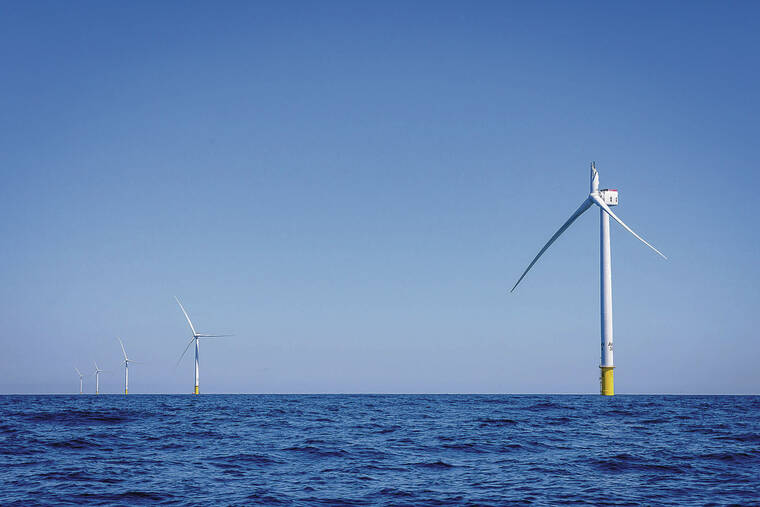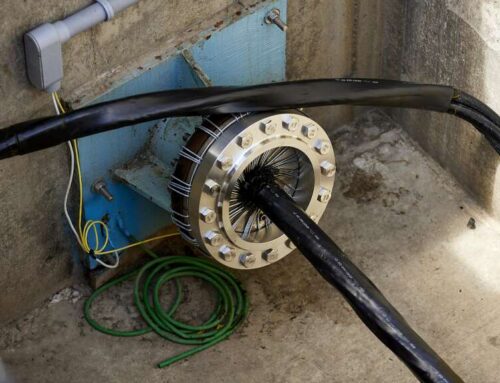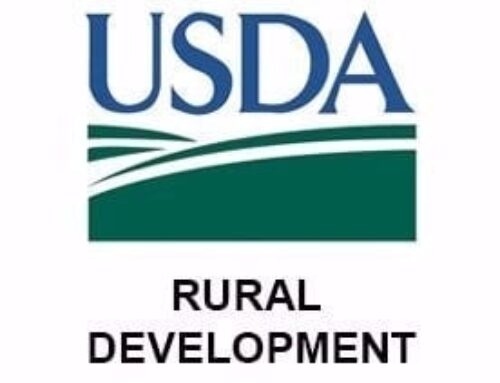Editorial: Move on offshore wind power plan
September 29, 2024

Does Honolulu — does Hawaii — want renewable energy from offshore wind turbines? These may be the essential questions to ask, regarding Aukahi Energy LLC’s proposal to place turbines on the northern end of the Kaiwi Channel, more or less halfway between Oahu and Molokai.
About 90% of Oahu residents “strongly or somewhat” support expanding renewable energy resources in the islands, and 59% on Oahu support offshore wind energy production, according to a 2023 statewide survey of opinions on renewable energy sources conducted by the Ulupono Initiative. That survey also found that 58% statewide support offshore wind power facilities, with a majority in each county except Kauai.
This level of support suggests that politically, moving forward with power generation offshore is feasible — and in Hawaii, often the first question to ask about a project, rather than “Can it be done?” is “Will politicians support or block it?”
Of course, support by a raw majority will not always translate into political action in support of a proposal, or Hawaii would have a lottery today. And public opinion can change based on variables including the quality of community outreach conducted and arguments offered in opposition, as shifting opinions on placing telescopes on Mauna Kea illustrate.
Bottom line: There’s still plenty of room for uncertainty in the drive to add offshore wind power to Hawaii’s mix of renewable energy assets, and public support is the X-factor.
Turbines on land on Oahu have provoked spirited opposition, including criticism from elected representatives. Last year, and again this year, the Honolulu City Council has considered changing the county land use laws to increase the minimum distance between wind turbines and areas zoned for occupied buildings.
Objections to that hard-and-fast restriction, however, place focus on what has been the most valid criticism of existing land-based turbine projects: a failure to attain buy-in from those who are literally closest to the project. That is a lesson that might also be learned from the level of opposition to new Mauna Kea telescopes, in that impacts on Hawaiian culture and incorporation of Native Hawaiian concerns and expectations were consistently slighted by the astronomy program on the mountain.
Because of the federal government’s involvement in offshore wind energy production, consultation with Hawaiians isn’t currently optional. The Bureau of Ocean Energy Management (BOEM), which handles leases in federal waters for wind energy production, announced in April that it could potentially put a Hawaii offshore lease up for auction in 2028.
Aukahi Energy and its partners are fully aware that community outreach is essential. But presentations on the potential Kaiwi Channel project so far have been dominated by people with objections to offshore wind.
Some opponents simply don’t think offshore wind farms belong anywhere near the Hawaiian Islands. Others don’t want to be able to see turbines, calling them “visual blight.” After all, the vision is to put 22 to 30 floating wind turbines — each one taller than a football field’s length — at the channel’s north edge. Paddlers in the Na Wahine O Ke Kai Championship, held today, and in the Molokai Hoe, on Oct. 13, would surely note the presence of the turbines in those races.
On the other hand, these wind turbines could supply about 25% of the electricity used on Oahu. Developing wind power would help Honolulu and Hawaii use less fossil fuels, thereby dumping less carbon pollution into the atmosphere, and could lower energy costs for consumers. The project could produce enough electricity for 300,000 homes, according to Aukahi.
Further, wind turbines have a much smaller footprint than solar farms. And offshore turbines would be far less intrusive than onshore projects for most island residents, at 12 miles out.
Aukahi is all in on the project, at present. It has asked BOEM to hold its lease auction in 2026, two years sooner, so that the work of conducting environmental reviews, permitting and construction can begin, with a target of 2035 for producing energy.
Meanwhile, the final site where BOEM will offer a wind farm lease hasn’t been officially determined. Originally, principals scouted South Shore locations, but were rebuffed by the Department of Defense (DoD), citing military readiness and training needs.
Further analysis of whether Oahu’s energy needs might outweigh DoD’s training preferences could be worthwhile, in that a study of suitable ports for bringing in giant turbine parts for assembly — delivered in July — zeroes in on Kalaeloa Harbor.
BOEM’s decision on a lease offering location is a key step in determining the future of offshore wind power generation for Hawaii.
Offshore wind power can benefit Hawaii’s drive to shake free of fossil fuel dependence, and it’s in our collective best interest to find a way forward. Honolulu residents must register their opinions and preferences to have a say.
Search
RECENT PRESS RELEASES
Related Post




